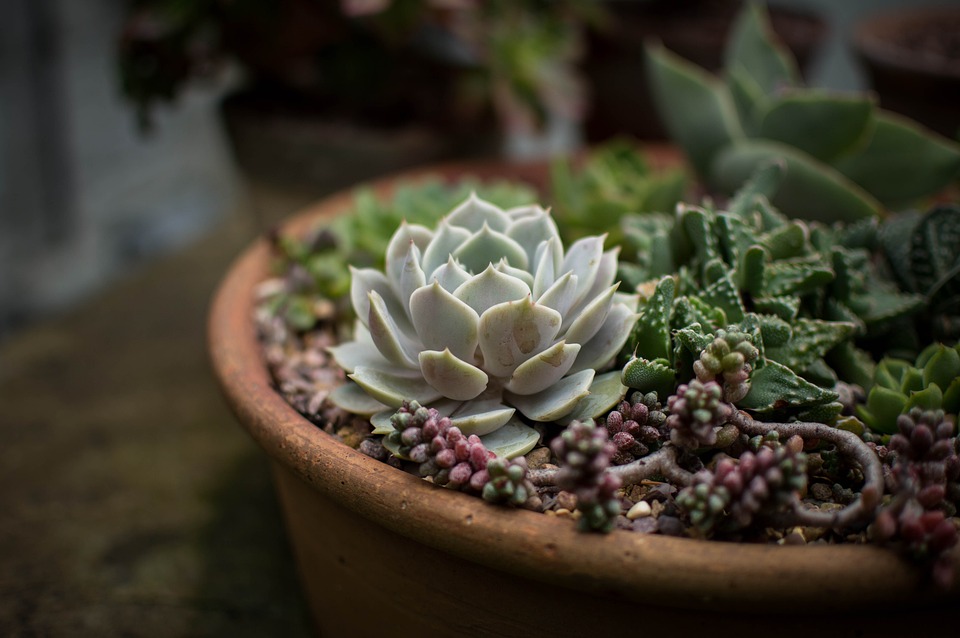The Impact of Climate Change on Gardening: Navigating the New Green Landscape
Gardening has long been a therapeutic endeavor for many, offering both physical exercise and mental tranquility. However, the practice of gardening is increasingly affected by climate change, leading to significant and sometimes unpredictable shifts in gardening methods, plant choices, and overall garden health. The impact of these changes on personal and communal gardens requires gardeners to adapt and innovate to maintain their green havens.
The Changing Climate and Its Direct Effects
Climate change manifests through a series of interconnected phenomena that directly impact gardening. The most noticeable effects include increased temperatures, irregular precipitation patterns, and more frequent extreme weather events such as heatwaves, storms, and heavy rainfall. These changes disrupt traditional gardening calendars, which were once guided by predictable seasonal cues.
For example, earlier springs and extended growing seasons can be beneficial by allowing gardeners to grow crops that typically wouldn’t survive in certain regions. However, these benefits are counterbalanced by the threat of unexpected frosts, which can damage young plants unprepared for sudden temperature drops.
Furthermore, higher temperatures can lead to increased evaporation rates, necessitating more frequent watering schedules. This places stress on water resources, especially in regions already prone to drought. Many gardeners are turning to drought-resistant species and implementing water conservation methods such as drip irrigation systems, mulching, and rainwater harvesting to cope with these challenges.
Shifts in Plant Hardiness Zones
Plant hardiness zones – geographical regions defined by climatic conditions, particularly minimum temperatures – serve as a guide for gardeners to determine which plants are most likely to thrive in their area. With the ongoing changes in climate, these zones are shifting northwards. Regions that once experienced harsh winters are now encountering milder conditions, allowing subtropical species to survive where they previously could not.
However, this shift doesn’t always translate to better growing conditions. Warmer winters can fail to provide necessary chilling periods that certain plants, like fruit trees, need to produce flowers and fruit. This maladaptation can reduce crop yields and the variety of plants available for successful cultivation.
Similarly, the changing climate also facilitates the northward migration of pests and diseases previously confined to warmer areas. Gardeners are increasingly encountering unfamiliar challenges, such as tomato spotted wilt virus or the proliferation of insects like the emerald ash borer, which can devastate both ornamental and crop plants.
Soil Health and Management
The health of garden soil is another critical component affected by climate change. Frequent heavy rains can lead to soil erosion and nutrient runoff, depleting the ground of essential elements that plants need for growth. Conversely, prolonged dry spells can lead to soil desiccation, reducing its fertility and making it harder for plants to establish roots.
To counteract these effects, gardeners are emphasizing soil conservation practices. Techniques such as cover cropping, no-till gardening, and the use of organic composts can help maintain soil structure, prevent erosion, and promote nutrient retention. Building raised beds and incorporating organic matter can also enhance water retention capacities, helping soil to withstand both dry periods and torrential rains.
Biodiversity in Home Gardens
Gardens are not isolated entities but are components of larger ecosystems. The relationship between climate change and gardening extends to the impact on local biodiversity. Altered temperatures and precipitation patterns affect not only plant life but also the broader web of organisms that interact with it, including pollinators, predators, and decomposers.
Declines in pollinator populations, driven by both climate change and other human activities, pose a significant threat to gardening. Bees, butterflies, and other pollinators are crucial for the reproduction of many plants. In the face of these declines, gardeners can support pollinator health by planting native species, reducing pesticide use, and creating habitats like flowering borders or bee hotels.
Additionally, embracing native and climate-adapted plant species helps to promote a resilient garden ecosystem. Native plants are often more resistant to local pests and diseases and require less water and maintenance, making them a sustainable choice as climatic conditions evolve.
Adapting Gardening Practices
In response to the impacts of climate change, gardeners are continually innovating and adapting. Season extension techniques, such as the use of cold frames, greenhouses, and hoop houses, can protect plants from unexpected frosts and allow for early planting. Similarly, the adoption of vertical gardening and container gardening offers flexibility, enabling gardeners to move plants to shelter during extreme weather events.
Crop rotation and companion planting are becoming more popular as ways to manage plant health and reduce dependency on chemical inputs. By rotating plant families each year and interplanting compatible species, gardeners can minimize soil-borne diseases and pest infestations, ensuring healthier and more productive gardens.
Educational initiatives and community projects are also crucial in this adaptive process. Gardener collectives, online forums, and local workshops provide platforms for sharing knowledge and experiences, fostering a sense of collaboration that can lead to innovative solutions and new approaches to sustainable gardening.
Conclusion
Climate change presents considerable challenges and opportunities for gardeners. While the increased temperatures and shifting plant hardiness zones may allow for the cultivation of new species, they also introduce risks from pests, diseases, and extreme weather. Effective soil management, biodiversity support, and adaptive practices are essential for mitigating the negative impacts and seizing the positive opportunities afforded by a changing climate.
As gardeners navigate these new conditions, the principles of sustainability, resilience, and community will guide the cultivation of gardens that not only survive but thrive, thereby contributing to the health of the larger environment. In an era where every green space counts, gardeners play a pivotal role in fostering ecological balance and combating the broader implications of climate change.


